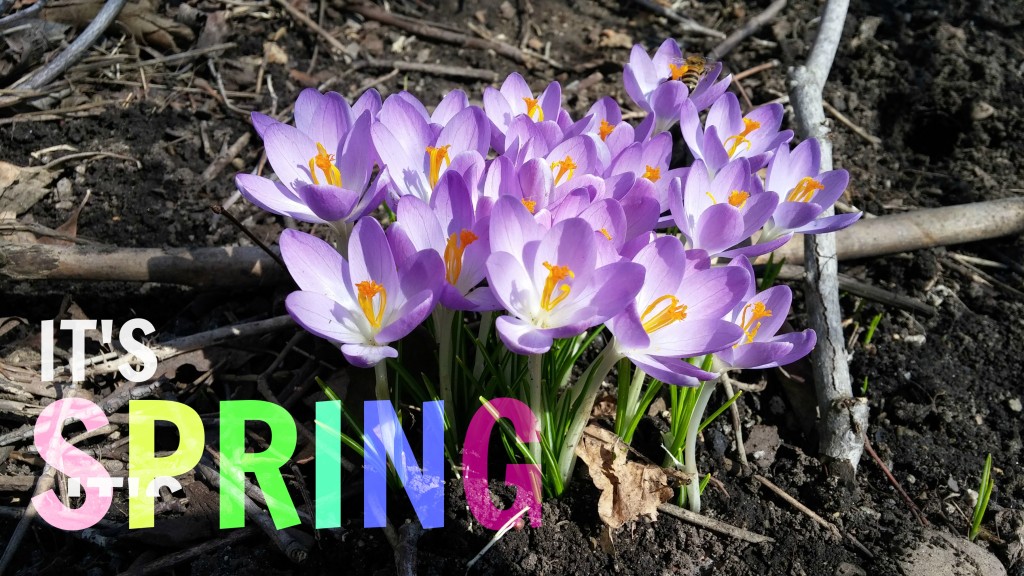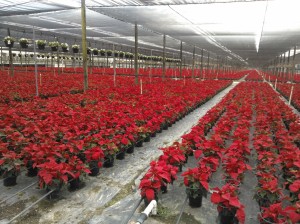Do you suffer from planta ablepsia? Common symptoms include not spending enough time in wild places, being unable to identify what part of which plant generates the french fry, and thinking of plants as “biological wallpaper”
A banana leaf – trillions of cells turning sunlight and carbon dioxide into a beautifully geometric wallpaper for your computer screen.
Plants are everywhere, but people tend to ignore them. As time spent in the woods becomes time spent in front of a screen, it’s easy to go through life without having to look closely at the green things around us. This has become known as plant blindness and it’s something that botanists, educators, and gardeners across the world are working to end.
One plant, many uses. A) Banana; B) Banana C) Banana D) Banana
We depend on plants not only for the food we eat, what we feed our animals, and the fibers we wear, but for their role in maintaining a living planet. Plants breathe with us, consuming carbon dioxide and releasing oxygen. They purify water and release it into the atmosphere, influencing the water cycle. They provide habitat for animals and insects, and tie soil to the landscape, maintaining a healthy ecosystem capable of sustaining life.
“…people don’t understand that plants are absolutely integral to our survival and the survival of every other living thing on the planet. We could not live without them.” – Thomas A Block, Director Morris Hill Arboretum
Our understanding of these processes is not complete, neither within a plant nor on a global scale. Forests pull up to 30% of the carbon dioxide humans produce out of the air and into their timber – but we don’t know the best way to manage them to mitigate climate change. Botanical research and seed preservation face devastating budget cuts, weakening our ability to study biodiversity and improve conservation efforts. Even with growing interest in local farming and protecting the environment, there is a long way to go before plants are appreciated the way they need to be.
A society grows great when old men plant trees whose shade they know they shall never sit in. Plant, study and preserve for the next generation.
Plants are more than just background scenery - they have a critical role to play in our future. We hope our color-changing flower will ignite a new fascination with plants, inspiring people to take a second look at the tree in their backyard and the flowers in their garden.




